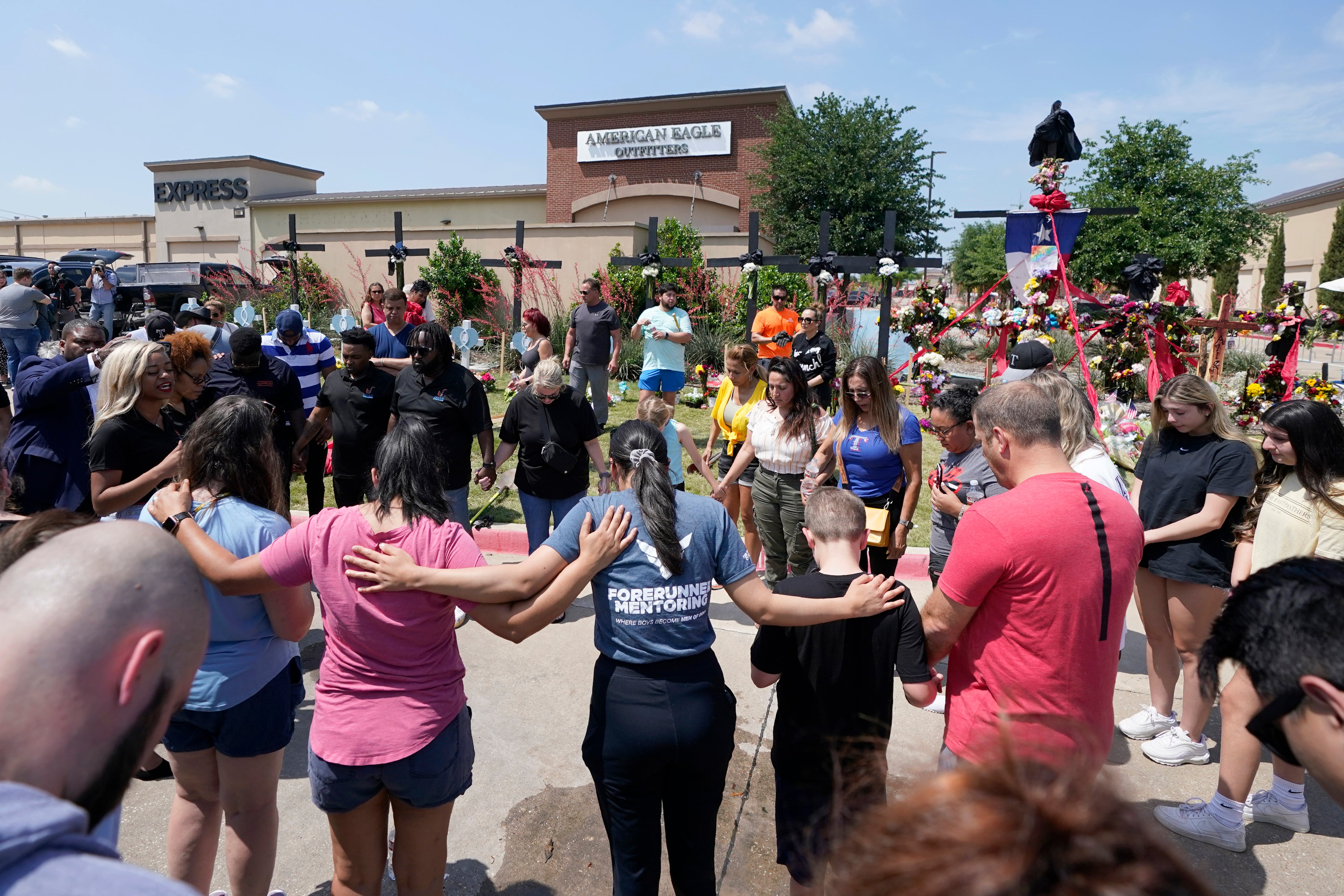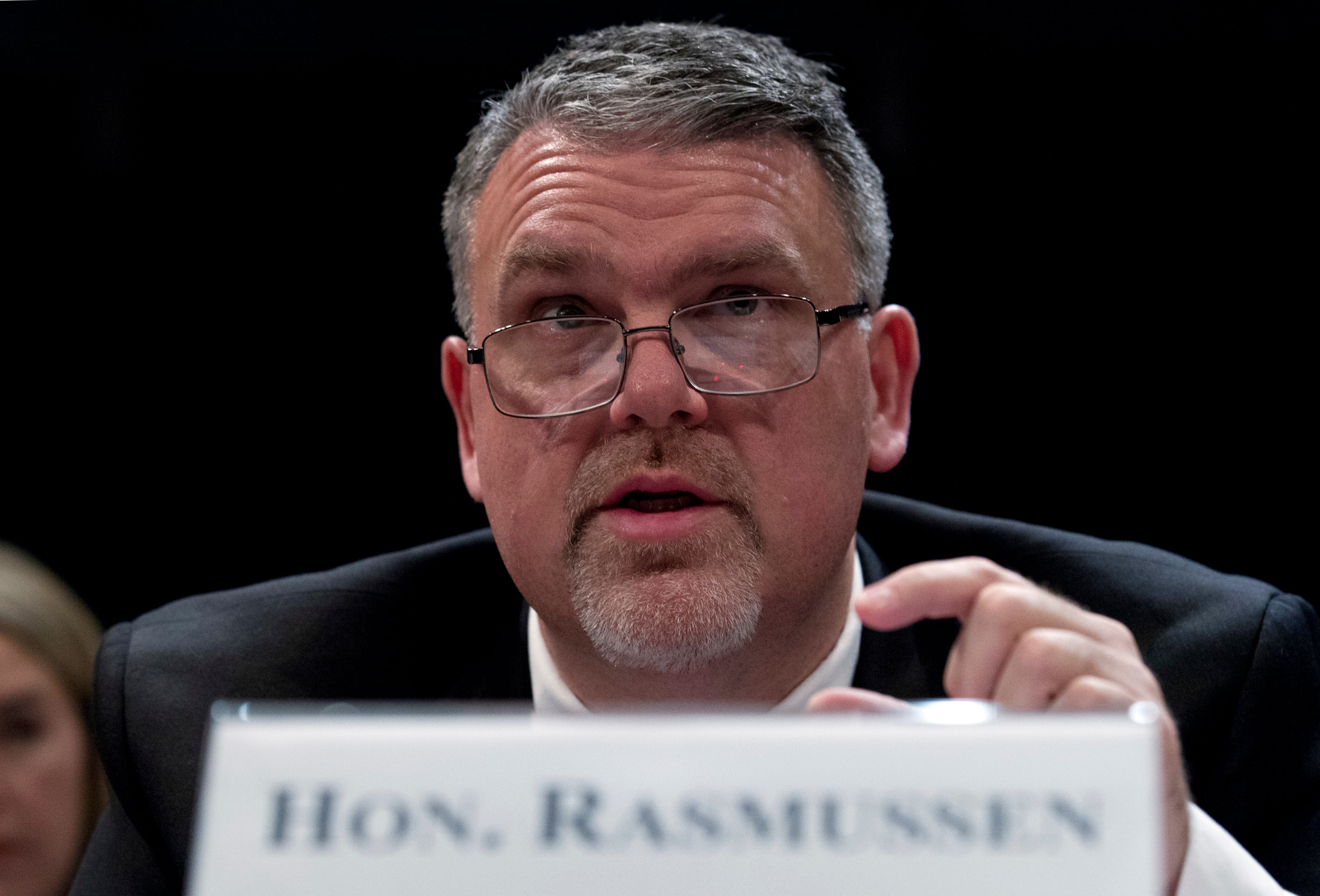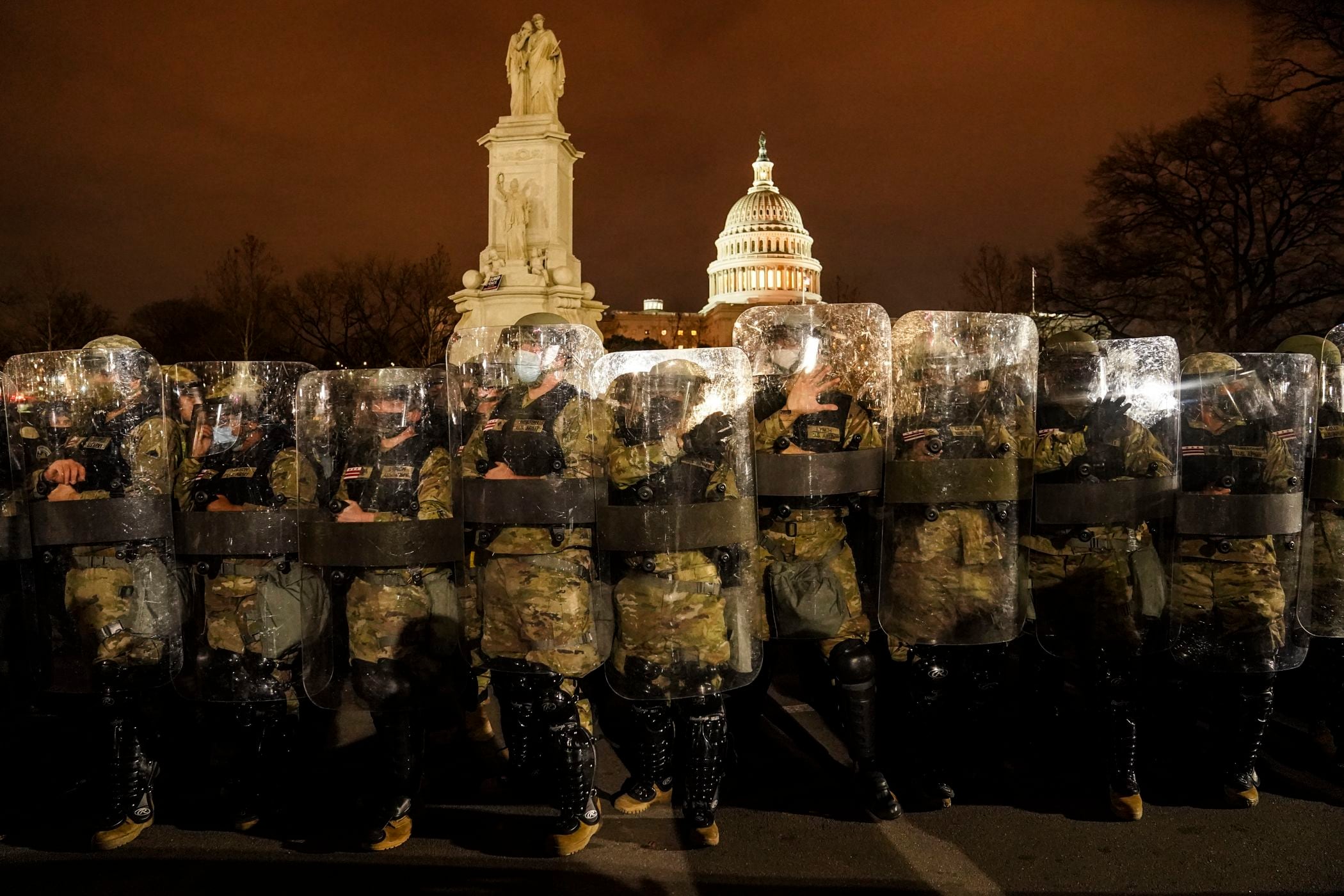A “toxic political environment” has made the United States more vulnerable to acts of violence that threaten the country’s social fabric, a Department of Homeland Security official warned last week.
Nicholas Rasmussen, the DHS counterterrorism coordinator, blamed prominent voices in the political arena that frame politics as zero-sum, encouraging the belief that one political party’s gain is the other’s loss.
That type of framing leads to extreme political views, some of which gain footing among military and veteran communities, and increases the chance that people will be prompted to commit violence, Rasmussen said. The DHS labels that type of threat as domestic violent extremism.
“The toxic political environment in which we live as Americans right now, and the existentialist ways in which voices in our public square frame our politics — not only zero sum terms, but the worst kind of zero sum terms — all of that leaves us far more vulnerable than ever to targeted violence here,” Rasmussen said.
The FBI and DHS categorize extremism into four subtypes: racially or ethnically motivated violent extremism, anti-government or anti-authority violent extremism, animal rights or environmental violent extremism and abortion-related violent extremism.
Of those, Rasmussen said he is most concerned about racially or ethnically motivated violent extremism, which “continues to grow in scope and scale.”
The conflict between Israel and Hamas in the Gaza Strip exacerbated those risks, putting both Jewish and Muslim communities in the U.S. at greater risk of being targeted in attacks, he explained.
While other types of threats are currently more pressing, domestic violent extremism “has the potential to be more undermining of our social fabric than any other form of terrorism threat we face,” he added.
Data shows that the involvement of veterans and service members with extremist ideologies is furthering this type of violence.
Domestic extremists who plot or commit mass killings often share characteristics, such as histories of mental health and criminal issues. But the most common thread is a record of military service, according to research by the National Consortium for the Study of Terrorism and Responses to Terrorism, or START, which analyzed three decades of attacks in the U.S.
The findings illustrate a “small numbers, high impact” problem, said Ellen Gustafson, co-founder of We the Veterans, a non-partisan nonprofit that focuses on preserving and strengthening democracy.
“Seeing that there’s a potentially deadly outcome of more involvement by veterans in these extremist groups, it is imperative for us as a group of concerned citizens and also members of the veteran and military family community to try to do something about it,” Gustafson said when the research was released last year.

Rasmussen outlined the threats facing the U.S. during a speech in Omaha, Nebraska, where counterterrorism experts gathered for a conference hosted by the National Counterterrorism Innovation, Technology, and Education Center.
Threats of violence are “more challenging, more complex and more complicated” than ever because of increasing risks of domestic violent extremism, combined with concerns of terrorist networks gaining entry to the country through the U.S.-Mexico border, he told the crowd.
“I’ve often been called upon to articulate the details of the threat environment and to try to make sense of what we should be most worried about,” Rasmussen said. “It’s harder now, today, here in this moment, than it’s ever been before. We face more challenges, harder challenges.”
Highest on Rasmussen’s list of priorities are vulnerabilities at the southern border, where the U.S. has struggled to manage a record number of migrants over the past year. Tensions between state and federal authorities peaked in January amid record levels of unauthorized border crossings, during which the Texas National Guard and state troopers blocked U.S. Border Patrol agents from a 2.5-mile stretch of the Rio Grande in Eagle Pass, Texas.
During the feud, the Texas Military Department posted a photo to its official X account, showing a flag from the Texas Revolution flying above its headquarters in Austin.
Renae Eze, a spokesperson for Texas Gov. Greg Abbott, said at the time that the state was using multiple tactics to deter people from crossing and blamed President Joe Biden’s immigration policies.
“Texas will continue to deploy Texas National Guard soldiers, [Texas Department of Public Safety] troopers, and more barriers, utilizing every tool and strategy to respond to President Biden’s ongoing border crisis,” Eze said at the time.

Migrants continue to travel from all over the world to seek asylum, and while DHS tries to vet them for ties to terrorist networks, the agency isn’t always successful, Rasmussen said.
Earlier this month, the FBI arrested eight Tajik men with ties to the Islamic State who entered the country through the southern border, the New York Times reported. It’s unclear whether the men were planning a terror attack.
Rasmussen argued against the notion that terrorists are “streaming” across the border. However, the immigration crisis does increase the country’s vulnerability to attacks, he said.
“DHS employs rigorous screening and vetting of those arriving migrants to try to identify any individual who may present a terrorism-related threat to the homeland,” Rasmussen said. “Even in the midst of all of that work, we find ourselves facing a situation in which individual migrants or travelers do arrive here ... and we subsequently learn that they in fact have some form of potential threat. When that happens, we work ... closely with the FBI and local law enforcement around the country to deal with and mitigate that threat.”
In addition to border issues and threats of domestic violent extremism, homegrown violent extremists present another challenge for DHS, Rasmussen said.
Such threats, which come from longterm U.S. residents inspired by foreign terror organizations to reject Western culture and commit violence, comprise a significant share of the U.S.’ threat profile, he added.
According to data from START, approximately 15% of individuals with military backgrounds who were charged with plotting or committing mass killings during the past three decades were inspired by or linked to foreign Islamist extremist groups, including al-Qaida and the Islamic State.

DHS needs more resources to address these threats, Rasmussen said. The agency warned earlier this year that it faced a budget shortfall, and it urged Congress to approve a bipartisan immigration deal that would provide more than $15 billion to DHS to bolster security at the U.S.-Mexico border.
Senate Republicans blocked the deal for a second time in May after former President Donald Trump described the measure as a “gift” for Democrats and Biden’s reelection chances.
Because of the funding shortfall, DHS is relying on the intelligence community, as well as academic and private-sector counterterrorism researchers, to help it prioritize threats, Rasmussen said.
“We are today a counterterrorism community of finite resources. Not something I ever thought I would say in the post-9/11 environment, but it’s true,” Rasmussen said. “We must make choices and deal most urgently with the most threatening things on our worry list. We can’t treat every problem as a top priority.”
This story was produced in partnership with Military Veterans in Journalism. Please send tips to MVJ-Tips@militarytimes.com.
Nikki Wentling is a senior editor at Military Times. She's reported on veterans and military communities for nearly a decade and has also covered technology, politics, health care and crime. Her work has earned multiple honors from the National Coalition for Homeless Veterans, the Arkansas Associated Press Managing Editors and others.





